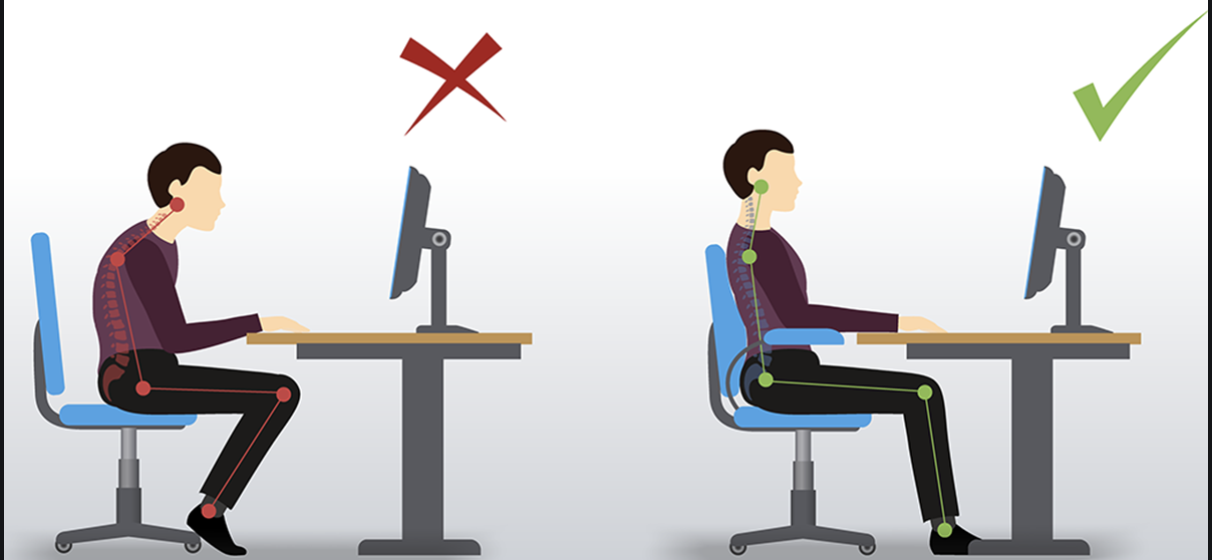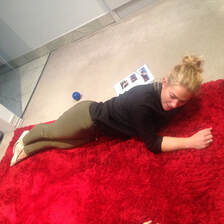Our treatment techniques
Each method of chiropractic treatment has its advantages and our chiropractors will work with you to determine if one or a combination of methods are right for you.
BOOK APPOINTMENTS INSTANTLY ONLINE
Spinal Manipulation Therapy
|
Also known as manual chiropractic manipulation, this chiropractic adjustment technique is the most commonly used of all techniques and is the one probably most familiar to patients.
It involves a quick, yet gentle, pressure to the joint using the chiropractor’s hands. It often results in an audible ‘pop’. This sound is created by the change of pressure within the joint that results in gas bubbles being released. |
Activator Adjusting
|
The Activator adjusting instrument provides a low force approach to adjusting within chiropractic care. The Activator instrument assisted treatment has been used on patients of all ages since the late 1960s and has a steadfast reputation for bringing relief to people with a variety of health concerns including back pain, neck pain and headaches. It is gentle and pleasant in application, and an audible ‘pop’ may be heard.
|
Impulse Adjusting
The Impulse Adjusting Instrument is specifically tuned to the natural frequency of the body, thus allowing the creation of more bone movement with less force. Effective for low force chiropractic adjustments with great results.
There is no popping or cracking with these adjustments, but rather very precise and targeted adjustments designed to specifically care for just the right areas.
Drop Piece
Flexion distraction
This chiropractic technique is primarily used to manage:
- disc injuries, such as slipped discs and bulging discs
- osteoarthritis
- spinal stenosis
- back, buttock and leg pain
- mobility of spinal joints
Our StKilda Clinic Location









